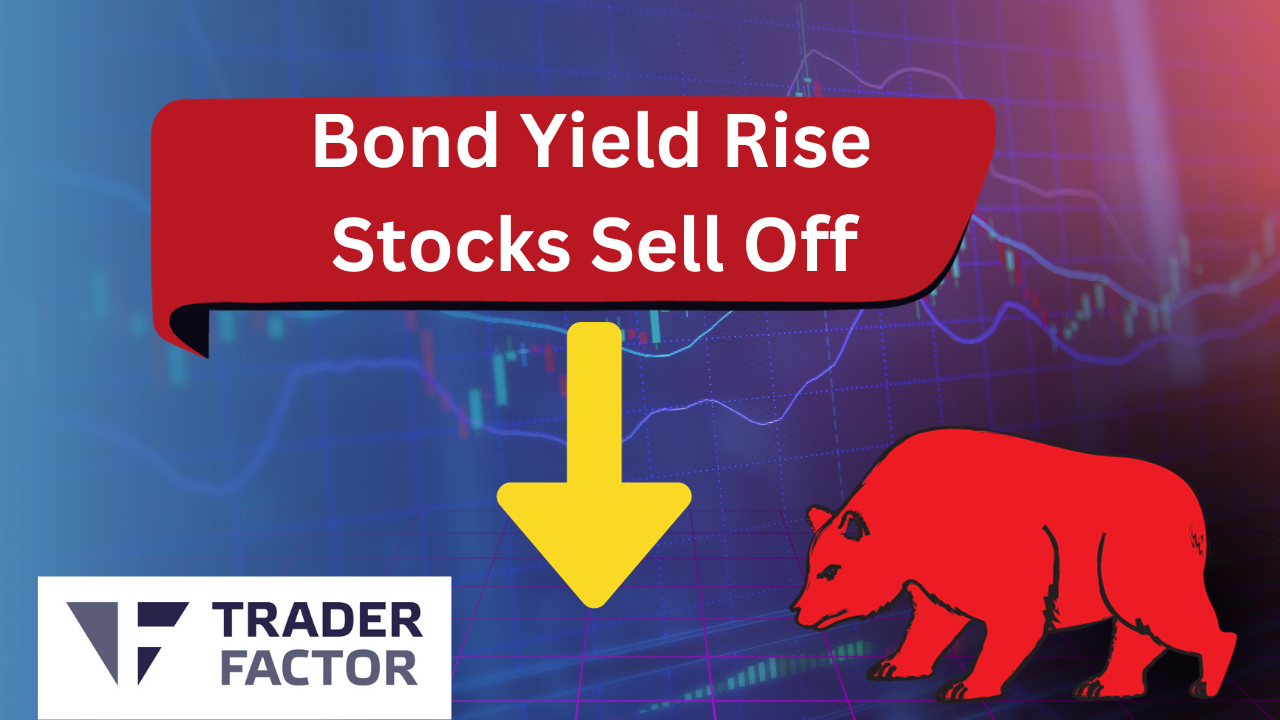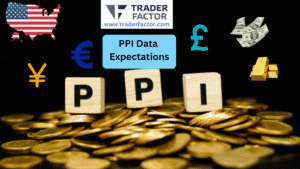Wall Street experienced a significant sell-off on Tuesday, October 3, 2023, as the treasury yields continue to surge and Federal Reserve Chairman Jerome Powell’s remarks indicated that interest rates might not be cut soon.
The S&P 500 index fell 1.4%, while the Dow Jones Industrial Average dropped by 1.3%. The tech-heavy Nasdaq Composite also suffered, closing down by 2%.
This downturn comes amid increasing bond yields, with the 10-year Treasury note yield climbing to its highest level since 2007, at 4.79% from 4.69% late Monday. The rise in bond yields has been putting pressure on stocks and is seen as a negative sign for equities, making them less appealing compared to safer government bonds.
In addition to the rising yields, Powell’s comments further dampened investors’ spirits. In his recent address, he communicated that the Fed may hold back on cutting rates soon in an effort to control inflation, which currently stands above the 2% target[.
Asian markets also traded sharply lower, following Wall Street’s tumble, reflecting the global impact of these developments.
Investors are now closely watching economic indicators and the Federal Reserve’s next moves. The future direction of the stock market will largely depend on how these factors play out.
US Bond Yields Reach a New High; Here’s Why

US bond yields hit their highest levels since August 2007 on Tuesday, October 3, 2023, with the 10-year Treasury note yield surging to 4.771% from 4.173% at the beginning of September. This uptick has put pressure on the stock market, particularly tech stocks, due to their valuations being largely based on future profits.
There are several reasons behind this rise in bond yields:
Increased Treasury Debt Issuance
The U.S. government has increased its issuance of Treasury debt. This increase in supply can lead to higher yields as the market adjusts to accommodate the additional securities.
According to the U.S. Department of the Treasury, the government expected to borrow $1.007 trillion in privately-held net marketable debt in the third quarter of 2023. Additionally, for the first time since early 2021, the Treasury increased its quarterly refunding of longer-term Treasuries to $102 billion.
This surge in Treasury debt issuance comes after the resolution of the U.S. debate over extending the debt ceiling. As a result, Treasury bill sales are set to surge to about $1 trillion by year-end.
An increase in the supply of Treasury securities can lead to higher yields as the market adjusts to accommodate the additional securities. When the supply of bonds increases, prices tend to fall, and when bond prices fall, their yields rise.
This increased Treasury debt issuance in 2023 has implications for the bond market and broader financial markets.
Hawkish Fed Position
The Federal Reserve has pivoted to a more hawkish stance, causing investors to anticipate aggressive rate hikes. These expectations have driven bond yields higher.
Federal Reserve Chairman Jerome Powell has recently taken a more hawkish stance on monetary policy, indicating that the central bank may raise interest rates more aggressively to curb inflation.
In his speech at the annual Jackson Hole meeting, Powell emphasized the Fed’s commitment to bringing inflation down to its 2% goal. He warned that inflation is ‘too high’ and the central bank is prepared to raise rates further if necessary. This strong stance on inflation control suggests a shift towards a more hawkish monetary policy.
Powell’s hawkish comments have led investors to anticipate a faster pace of rate hikes, which has driven bond yields higher. Higher interest rates increase the yield on new bonds, making them more attractive to investors over riskier assets like stocks.
However, the Fed’s hawkish position also reflects the reality of incoming data, such as robust job openings and strong economic performance. As Powell noted, the central bank’s actions will be data-driven and adjusted as needed.
These developments underscore the importance of the Federal Reserve’s monetary policy in influencing bond yields and the broader financial markets. Investors are now closely watching the Fed’s actions and other economic indicators for clues about future trends.
Strong Economy
The U.S. economy is currently exhibiting strength and robustness, as evidenced by the latest Job Openings and Labor Turnover Survey (JOLTS) report. The number of job openings increased to 9.6 million at the end of August, indicating a solid labor market.
This strong economic performance can lead to inflationary pressures. Inflation erodes the purchasing power of money over time, which can be a concern for both consumers and investors. To combat rising inflation, the Federal Reserve typically raises interest rates. These rate hikes can increase the yield on bonds, making them more attractive to investors compared to riskier assets like stocks.
However, while a strong economy can lead to an increase in bond yields, it’s important to note that the relationship between economic strength and bond yields is complex and influenced by many factors. These include the Federal Reserve’s monetary policy, investor sentiment, and global economic conditions.
Higher Inflation Premium
Investors demand a higher return for holding bonds during times of increased inflation. This demand pushes up bond yields.
The rise in bond yields and its impact on the stock market underscores the interconnectedness of different asset classes. Investors are now closely watching the Federal Reserve’s actions and other economic indicators to gauge future trends.
Read These Next
Creating an Effective Forex Trading Plan
The Winning Mindset for Weekend Forex Trading
Essential Education for Taxes on Forex Trading
What is a Margin Level in Forex?
Forex Breakout Strategy: A Guide for Profitable Trading
Forex Consolidation Breakout Strategies for Traders
Master Forex Flag Pattern Strategy for Profit
Disclaimer:
All information has been prepared by TraderFactor or partners. The information does not contain a record of TraderFactor or partner’s prices or an offer of or solicitation for a transaction in any financial instrument. No representation or warranty is given as to the accuracy or completeness of this information. Any material provided does not have regard to the specific investment objective and financial situation of any person who may read it. Past performance is not a reliable indicator of future performance.

















